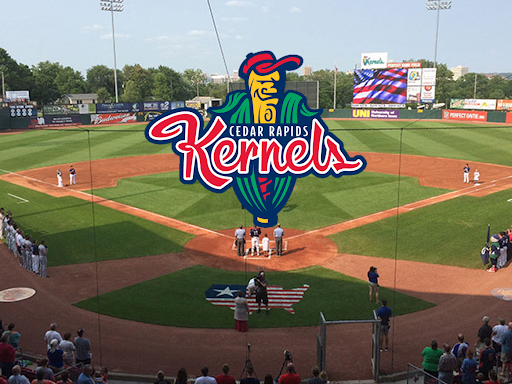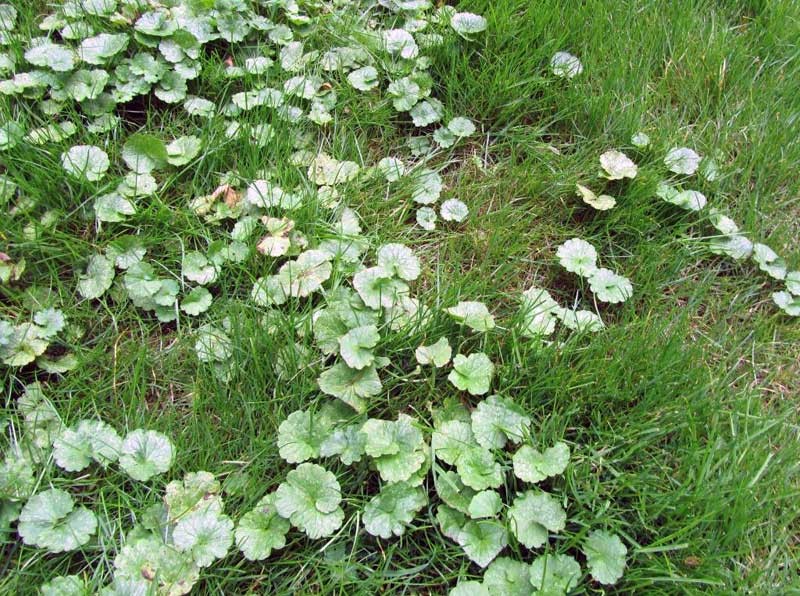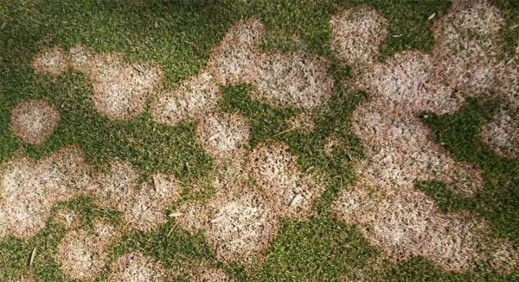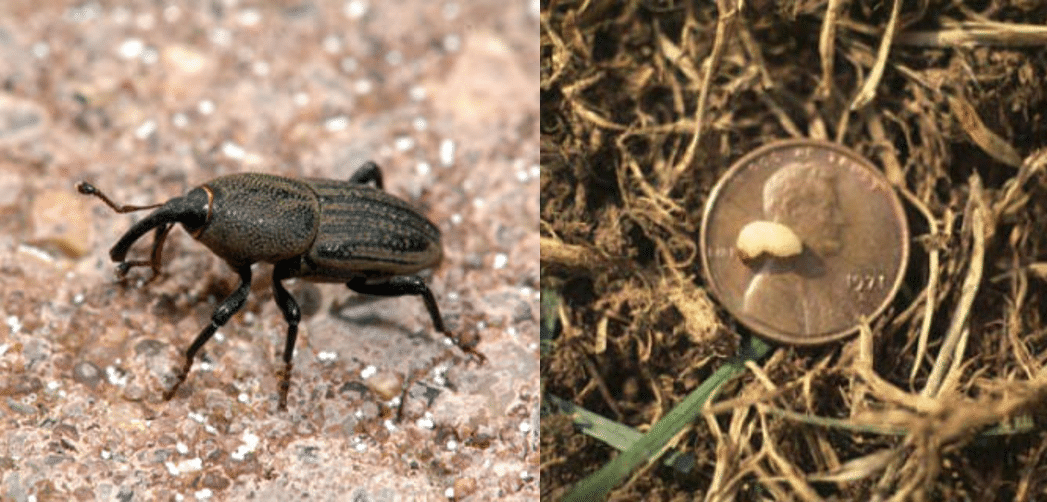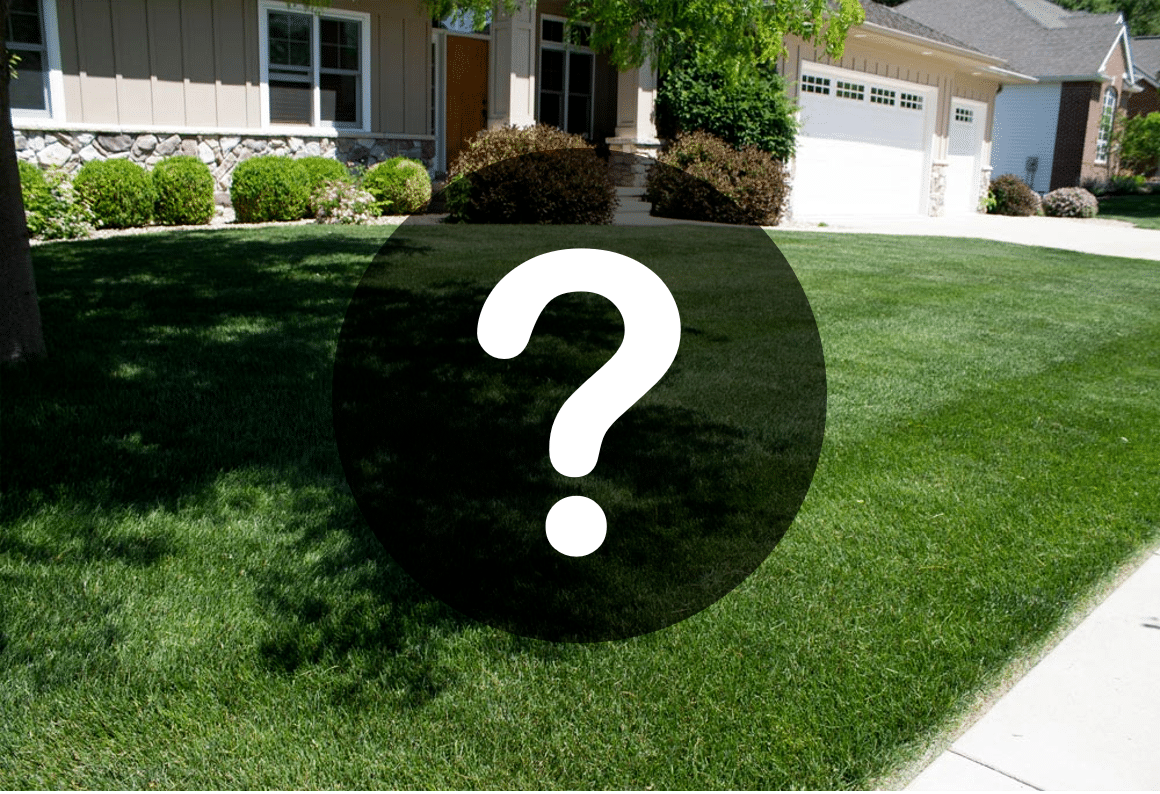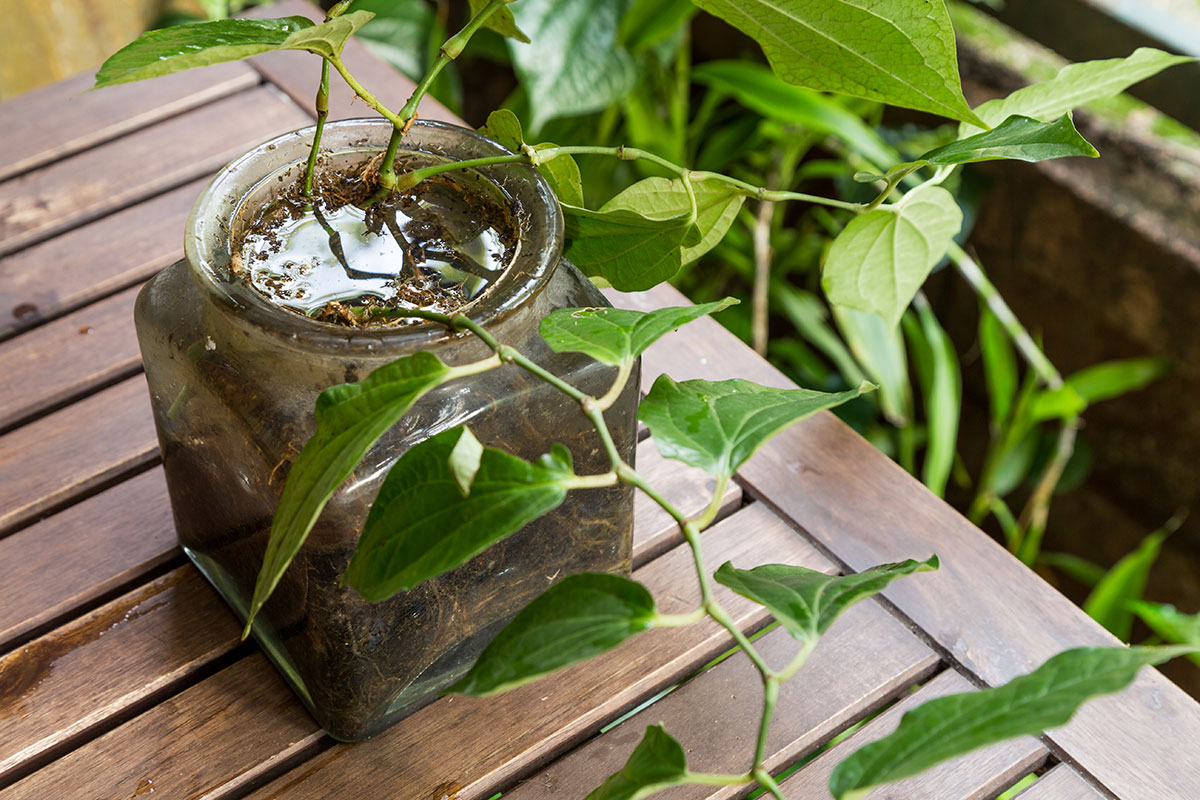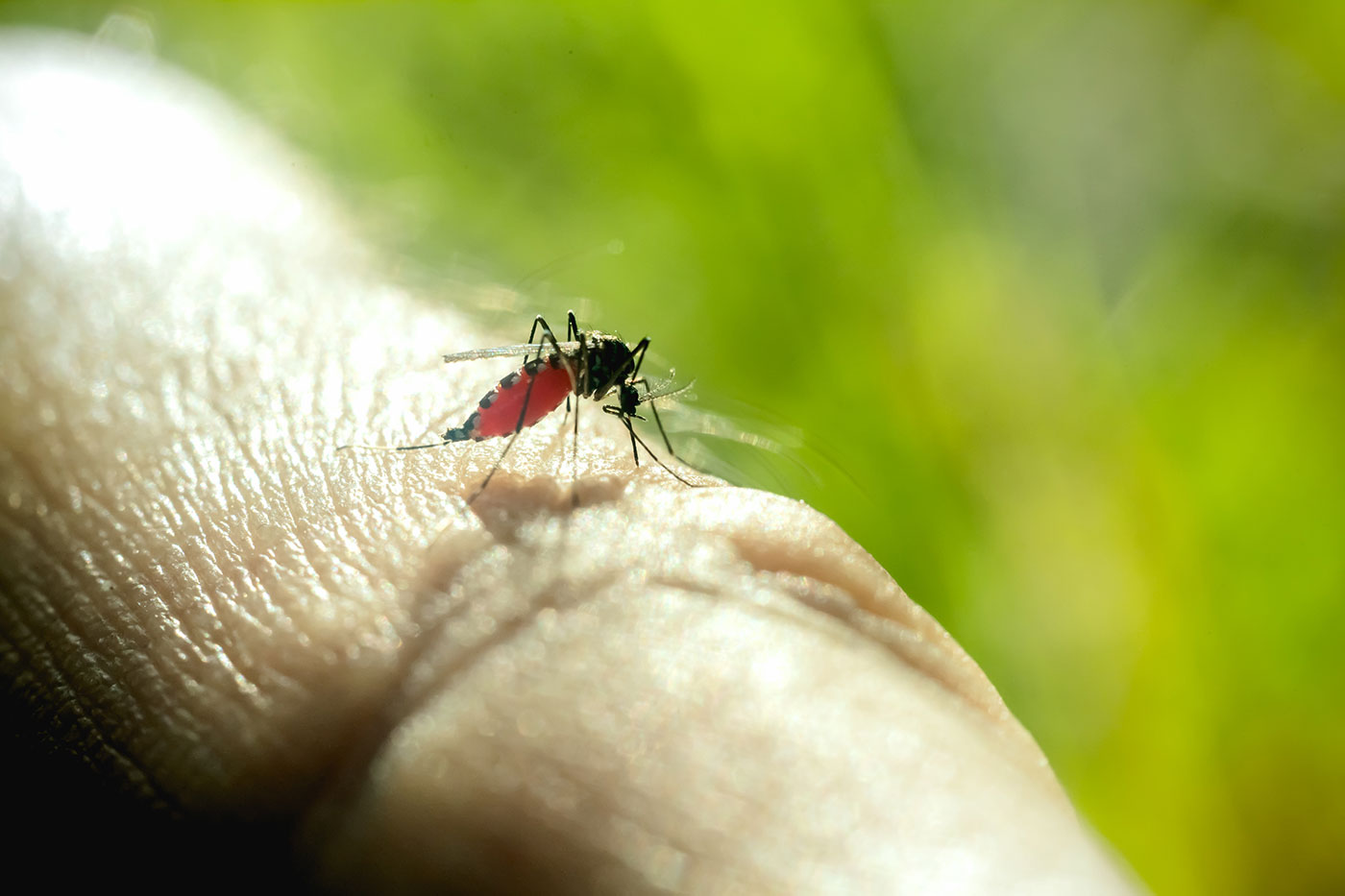As 2022 was coming to a close, we did a quick synopsis of what we had encountered that growing season. The general feeling was that it was a very unique year and we were hopeful that some of the problems we found wouldn’t become new traditions. The good news is that insect issues were not nearly as bad in 2023, and that was a major concern of ours heading into this season! The bad news is that the periodic stretches of dry weather from 2022 turned into a near season-long drought in 2023.
Drought Stress Continues...
A relatively mild, dry winter started our year off with a moisture deficit. That deficit never went away, as every month of the growing season failed to provide the amount of moisture we needed to return our lawns and landscapes to a state of proper hydration. Without additional irrigation, plants lacked color and vigor. Flowers were sparse and small, and scenic landscapes lacked their usual “wow!” factor. Depending on species, some mature shade trees showed various signs of drought stress all season.
On lawns, the prolonged drought showed itself in a number of ways. The vibrant green color of spring was faded and lawns came out of winter more slowly. It is usually a battle to keep the lawn mowed in the months of May and June, because the grass is growing very fast. We did not have that problem this year, and the lack of growth meant thin or bare areas never fully healed. Lawns were battling dormancy all summer, resulting in a thinning of the turf and increased susceptibility to compaction, traffic, and insect damage. A reduced turf canopy opened the soil to warmth and sunlight, which gave weeds an avenue to break through. Luckily, some timely rains in the later part of fall helped hydrate the soil and give our plant life much needed water to help restore some of its lost luster. The late rains also gave us a clear picture on areas that may require seeding in the spring.
The Unexpected Culripts
Another issue that was frustrating to us and our customers involved the increased amount of raccoon damage that was seen for a few weeks in October. Whenever we see animals digging through turf, our immediate reaction is to assume that there is a problem with insects. Even after using a product that kills grubs and other surface insects, the raccoons were still digging! Why? Well, we learned a few things! First, raccoon populations have exploded across the state of Iowa over the last 15 years. The price for fur has gone down considerably, and fewer people are trapping them as a source of income. Due to several dry years in a row, it is becoming more difficult for them to find food in their natural habitat. As a result, they are searching around homes and in urban areas for something to eat. Second, they don’t care if their food is alive or dead. We found a few grubs on properties that were dealing with raccoons, but they were not white or lively. Those grubs weren’t damaging the turf, but a hungry raccoon doesn’t care. Third, raccoons are great at finding anything to eat. It turns out their presence doesn’t indicate an insect issue at all. The problem was the raccoons themselves. There are simply too many of them and the only solution that was found that had a positive impact was to trap or eliminate them. The state of Iowa has changed its laws around dealing with raccoons, and our hope is that their populations come under control and they stop being such a nuisance for our customers.




